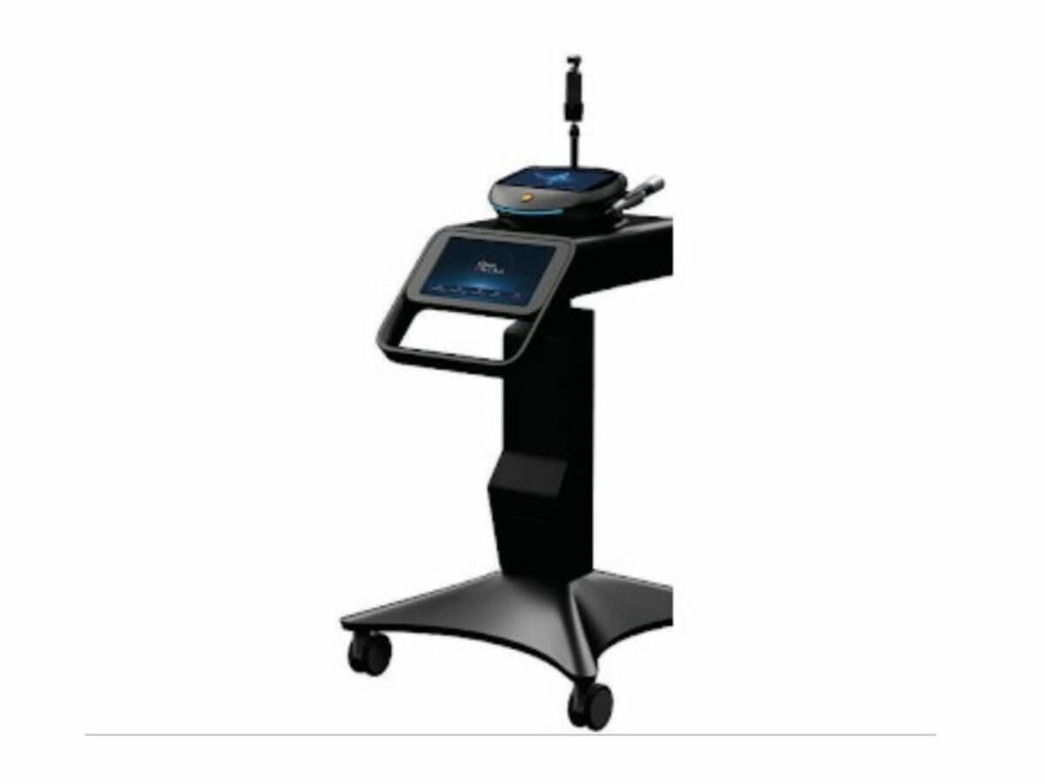
Understanding Laser Therapy Classes
Laser therapy is categorized by power output. The higher the class number, the stronger and deeper the laser’s effect on tissues.
-
Class 2 lasers are low-power, typically under 1 milliwatt. They are often used in devices like laser pointers or simple home therapy tools. These lasers mainly affect the skin’s surface and are limited in clinical applications.
-
Class 4 lasers are medical-grade and emit over 500 milliwatts of power. They can penetrate deeper into muscles, tendons, and joints to stimulate healing at a cellular level.
Both are considered safe when used properly, but Class 4 laser therapy achieves far more significant clinical results for pain and injury treatment.
Benefits of Class 4 Laser Therapy
Class 4 lasers use photobiomodulation — a process where light energy triggers cellular repair and reduces inflammation. The result is faster recovery and less pain without medication or invasive procedures.
Key advantages include:
-
Deeper tissue penetration: Reaches up to several centimeters below the skin’s surface.
-
Reduced inflammation: Improves circulation and decreases swelling.
-
Pain relief: Stimulates endorphin release and accelerates nerve repair.
-
Faster healing: Promotes regeneration of damaged muscle, tendon, and ligament tissue.
-
No downtime: Patients can resume normal activity immediately after treatment.
When Class 4 Laser Therapy Is Most Useful
This advanced therapy is especially effective for:
-
Sports injuries and sprains
-
Chronic neck and back pain
-
Sciatica and nerve irritation
-
Tendonitis and bursitis
-
Post-surgical recovery
Because of its versatility, it’s commonly paired with chiropractic care and decompression therapy to address both pain and function.
Expert Recommendation
According to Dr. Jeremy and Dr. Libby Darnell of Freedom Chiropractic Spine & Injury Center in Spring Hill, TN, Class 4 laser therapy is one of the most effective non-invasive tools for accelerating healing and reducing pain. Their clinic uses this advanced technology to help patients recover faster, avoid unnecessary medications, and return to normal activity safely.

Libby Darnell
Contact Me


